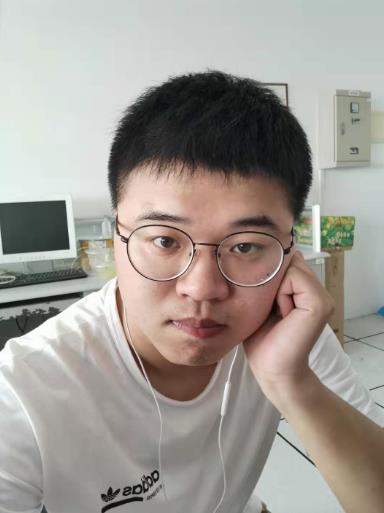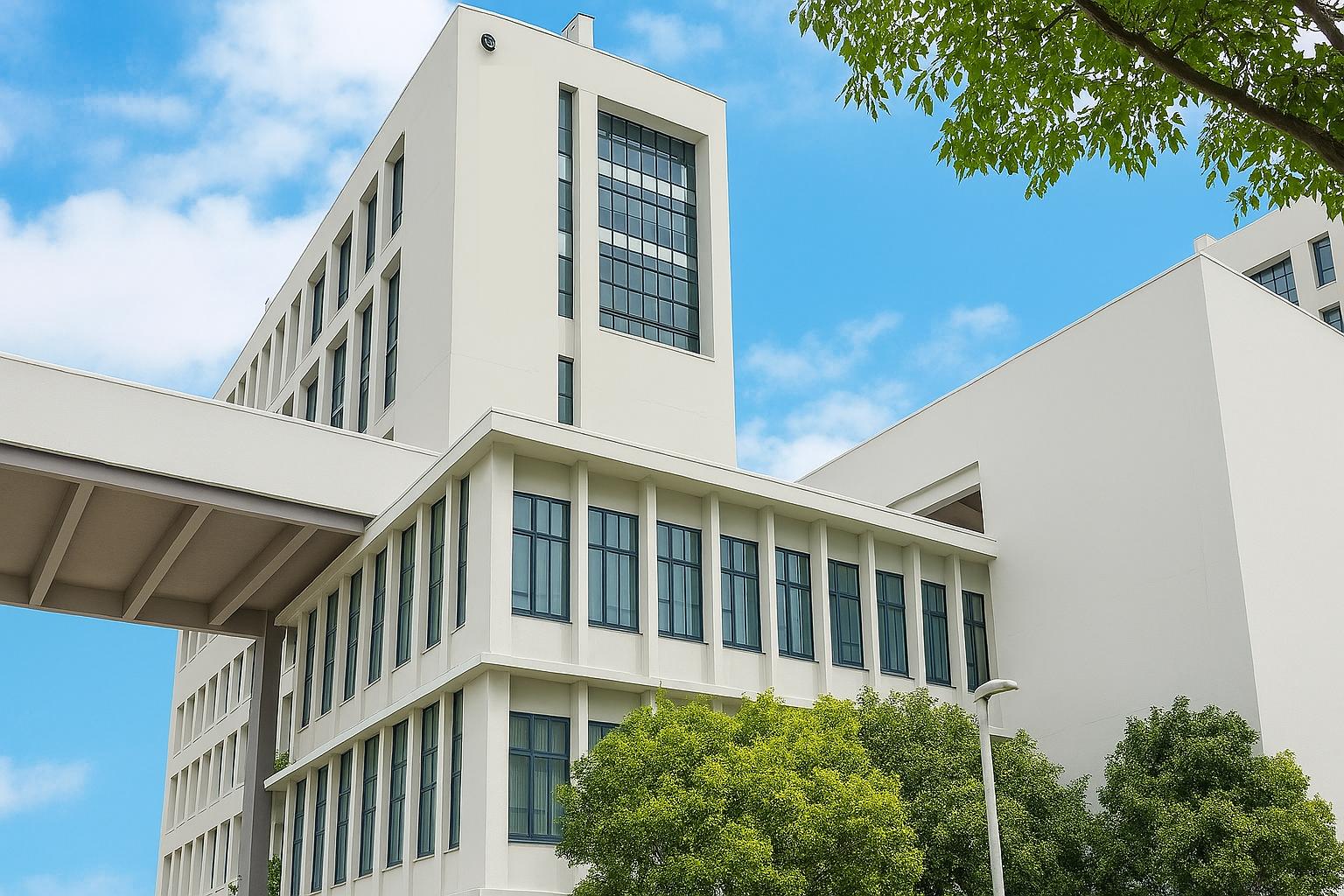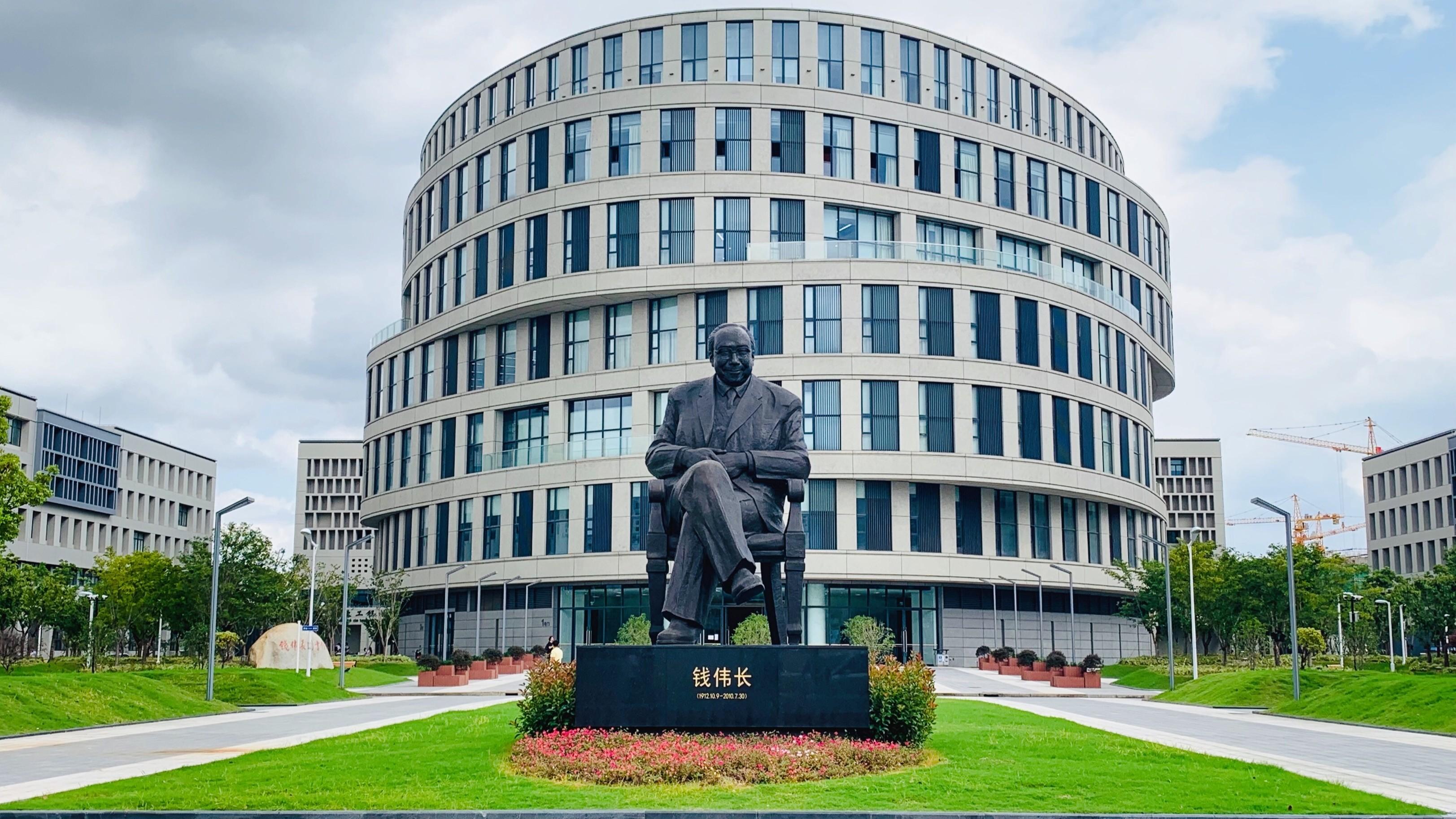Looking back at the past year, the research group led by Han Yanxing has achieved remarkable results in scientific research, with numerous successful projects and a record number of high-quality papers accepted. The group has always been guided by the goal of serving the country, staying abreast of cutting-edge research, and striving for academic excellence. This would not have been possible without the dedicated efforts of each member of the research group and the strong support from the university and department. As we look towards the future, the road ahead may be long, but the research group will continue to fear no challenges, explore new academic frontiers, and each member will walk hand in hand, striving together to reach new heights in research. It is through facing difficulties that true courage is revealed, and it is through honing our skills that we can achieve success!
Constructing the Relationship between Geometric Characteristics of Magnesium Alloy Grains and Yield Strength Based on Machine Learning
The Hall-Petch relationship provides a quantitative description of the relationship between grain size and yield strength in polycrystalline materials. However, there are various statistical methods for determining grain size, such as intercept method, matching method, and grid method. Additionally, concepts of grain size can be represented by parameters such as equivalent circle diameter and grain perimeter. Investigating the geometric characteristics of grains that have the highest correlation with yield strength in polycrystalline materials requires image and big data processing. This study combines image processing and machine learning techniques to construct the relationship between geometric characteristics of magnesium alloy grains and yield strength.
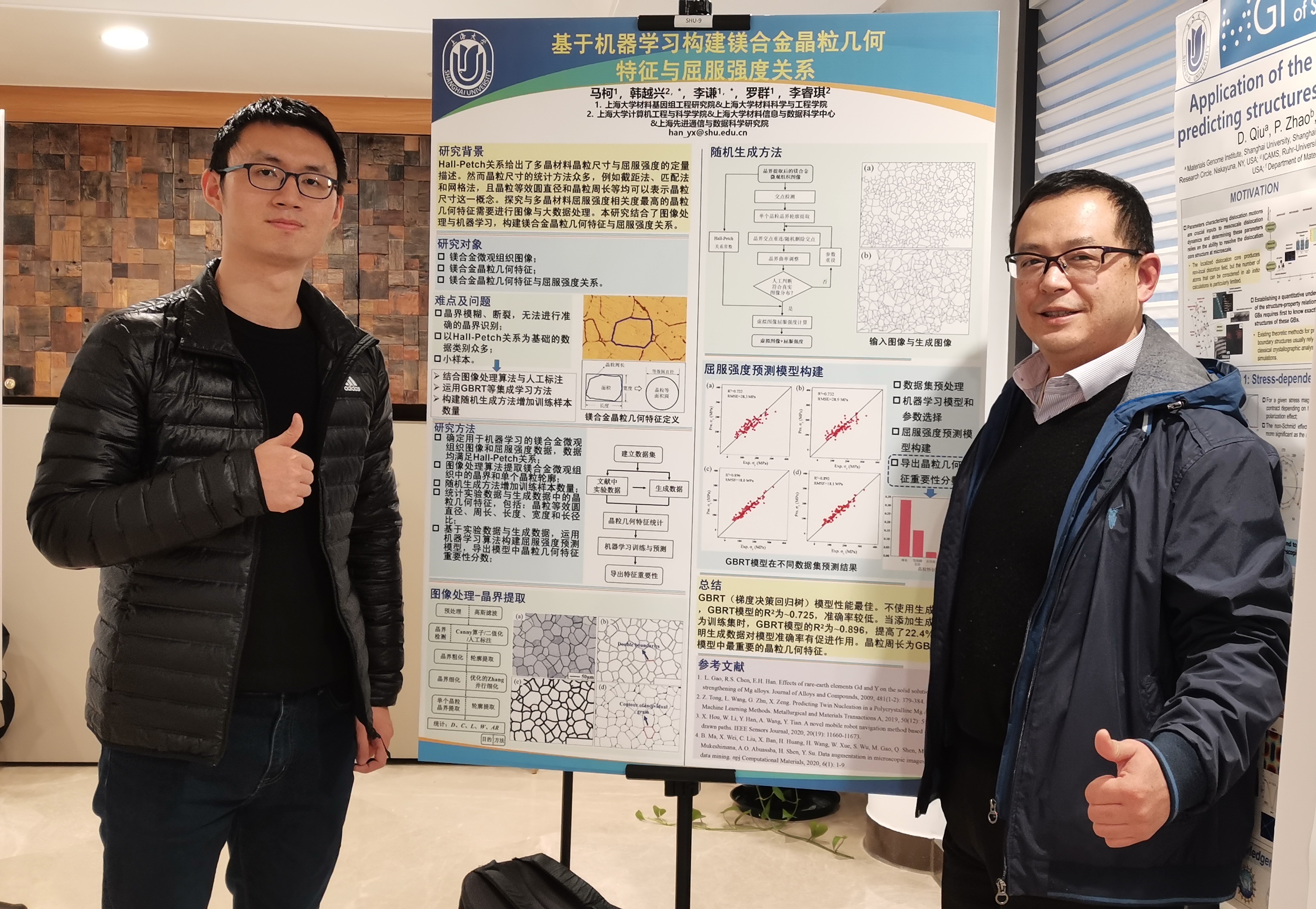

Wang Lu is a female student who completed her undergraduate studies in Mathematics and Applied Mathematics at Shanxi Datong University. She pursued her master's degree in Dynamic Systems and Computational Mathematics at Kunming University of Science and Technology, focusing on digital image processing, specifically image denoising. Currently, she is a Ph.D. student in Computer Science and Technology at Shanghai University, specializing in material image recognition. Wang Lu has an outgoing and lively personality, with a positive and optimistic attitude. She is adventurous and enjoys exploring new things. In her free time, she likes photography, reading, and trying different cuisines. She believes that "a small step can lead to a great distance" and hopes to become a better version of herself during her four years at Shanghai University.
Li Ruiqi is a male student who completed his undergraduate studies in Computer Science and Technology at the School of Computer Engineering and Science, Shanghai University. Currently, he is pursuing a master's degree in Computer Science and Technology at Shanghai University. He is adept at critical thinking and possesses a cooperative spirit. During his graduate studies, Li Ruiqi is under the guidance of Professor Han Yanxing, focusing on research areas such as material image analysis and few-shot learning. He warmly welcomes and looks forward to exploring various computer technologies and information together with teachers, classmates, and colleagues, fostering continuous progress through mutual exchange and collaboration.


Liu Yuhong pursued her undergraduate studies in Computer Science and Technology at Anhui University of Traditional Chinese Medicine. Currently, she is a master's student in Computer Science and Technology at Shanghai University. She has an outgoing and enthusiastic personality, with a passion for life. Liu Yuhong enjoys listening to music, reading books, and reciting poetry. She is particularly interested in detective and suspense dramas, rap music, and has a love for poetry, history, as well as a fascination with food, archaeology, and historical documentaries. Music and words have always provided her with strength during difficult and confusing times, allowing her to perceive the future through the lens of poetry and history. One phrase that constantly motivates her is "Not a coder, but a thinker." She hopes to derive nourishment from life and create wonderful memories during her time at Shanghai University.
Xia jinhua completed his undergraduate studies in Software Engineering at Jiangsu University of Science and Technology. Currently, he is a master's student in Electronic Information, specializing in professional software. He has an outgoing and active personality, always willing to try new things, and actively seek innovative solutions. He is practical, proactive, and possess good communication skills, as well as a strong sense of teamwork. In terms of hobbies, he enjoys sports, particularly playing basketball. He also indulges in watching anime during his free time. During hs undergraduate years, he actively participated in various collective activities, fostering unity among his classmates. He has a strong team spirit and have collaborated with his peers on various design and internship projects. Additionally, he has participated in sports events such as the university sports meet and the basketball tournament organized by his college. He has also explored multiple interests to develop his well-rounded qualities and gain diverse experiences.

Sometimes, parting is a way to reunite in a better way, and leaving is a means to return as the best version of oneself.
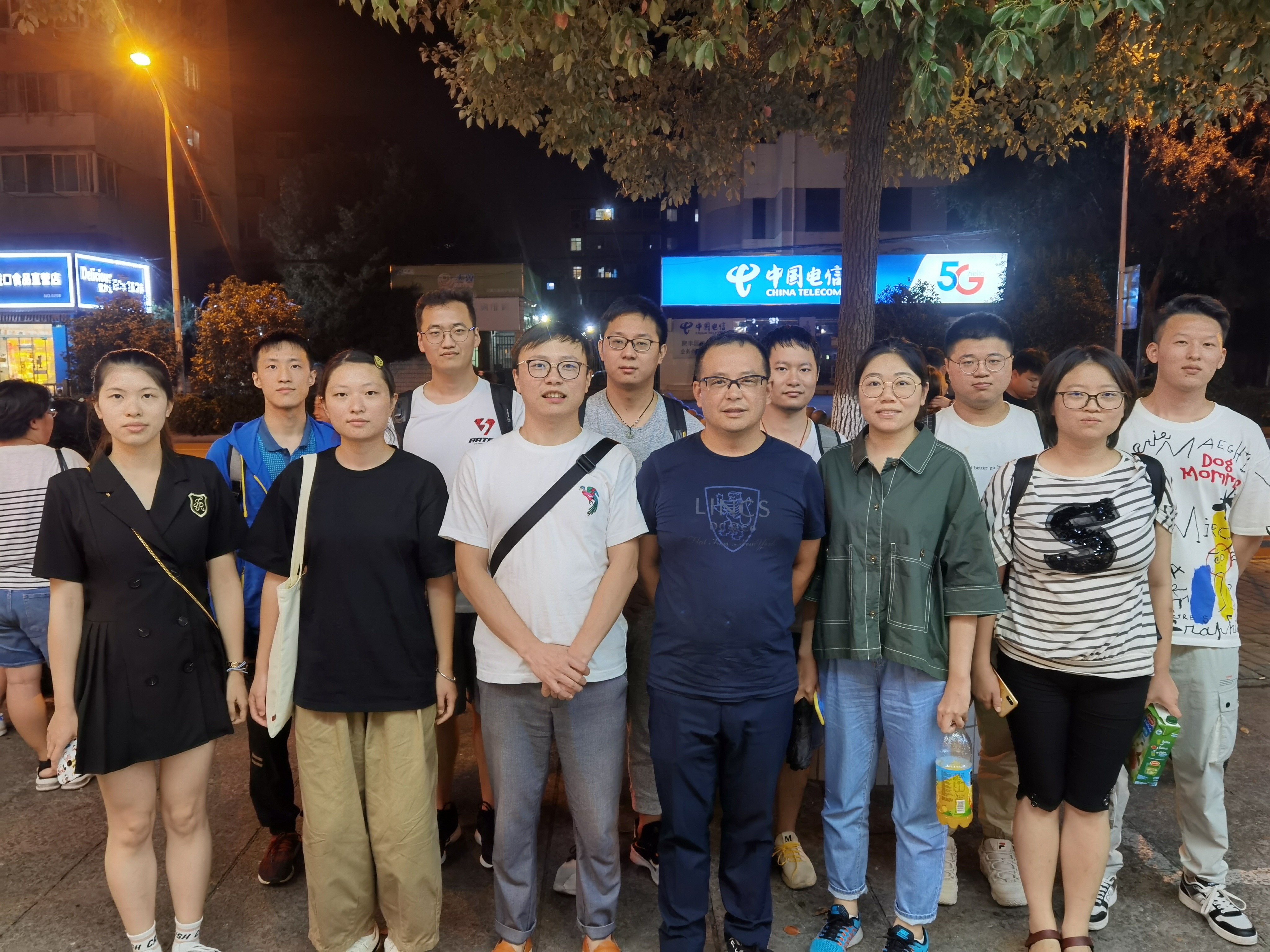
May they fear no challenges and overcome obstacles on their journey ahead, using their hands to create a brilliant life of their own.
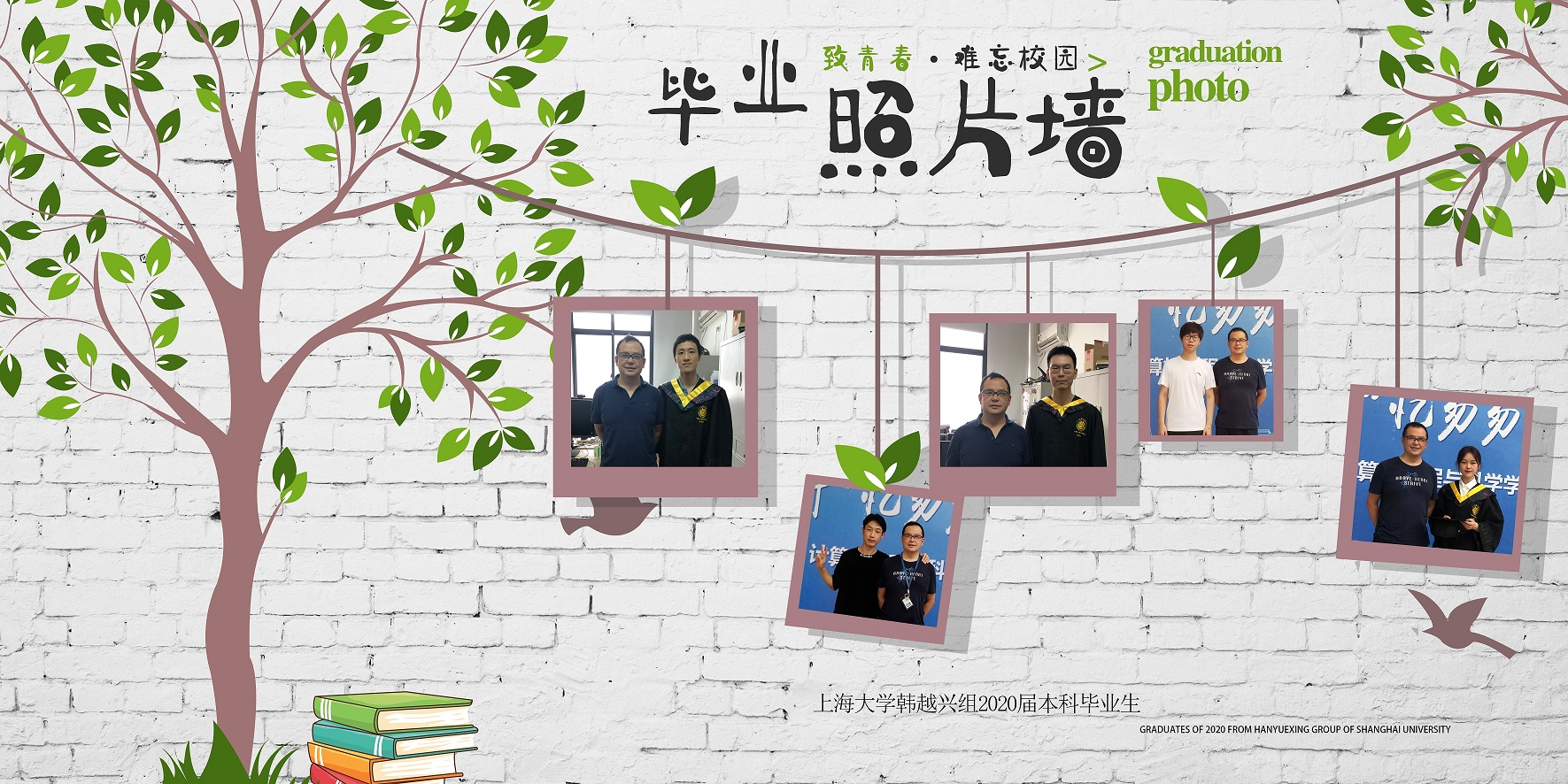
Work during graduate studies:
To analyze and solve typical small-sample problems in materials, the following approaches can be used to handle and analyze three different types of small-sample data. Targeted solutions for small-sample problems can be developed using relevant theoretical knowledge of machine learning, deep learning, and complex networks.
1. A machine learning-based method for crystal structure recognition has been proposed to address data related to crystal structures. This method involves augmenting the sample data and defining feature representations and feature selection based on the distribution characteristics of atoms in space. Finally, machine learning techniques are utilized to achieve crystal structure recognition.
2. A transfer learning-based recognition method is proposed for Atomic Force Microscopy (AFM) image data. This method involves preprocessing the images to remove noise and improving the watershed segmentation technique for segmenting overlapping objects. Finally, transfer learning is utilized to recognize the target objects.
3. A complex network theory-based image segmentation method is proposed for microscopic structure images of ceramics. This method generates a set of nodes in network space based on the pixel value distribution of the image. It then defines the similarity between nodes and generates a network topology structure. Finally, it optimizes the network topology structure and performs image segmentation.
